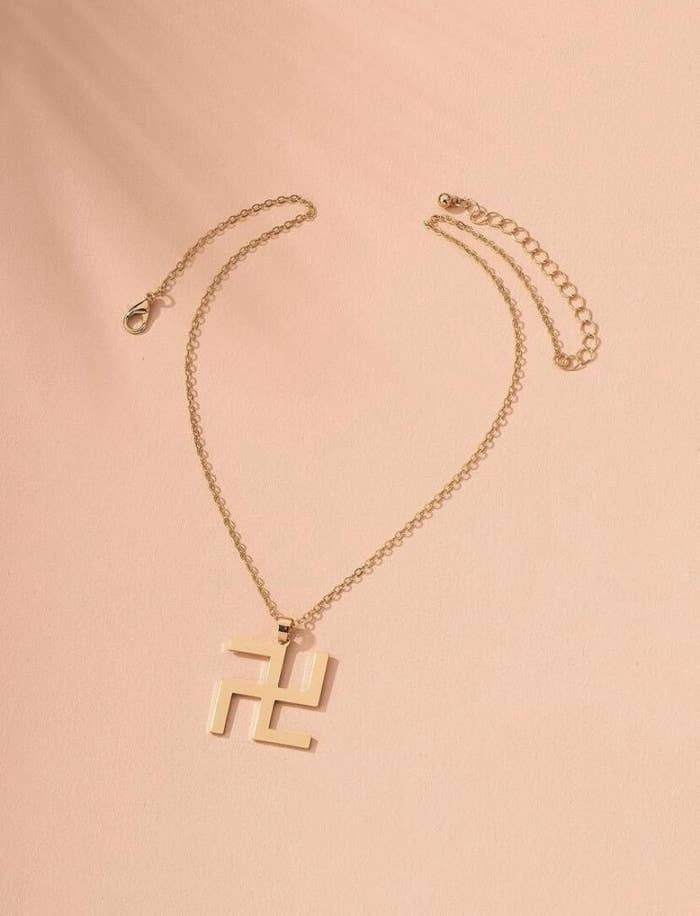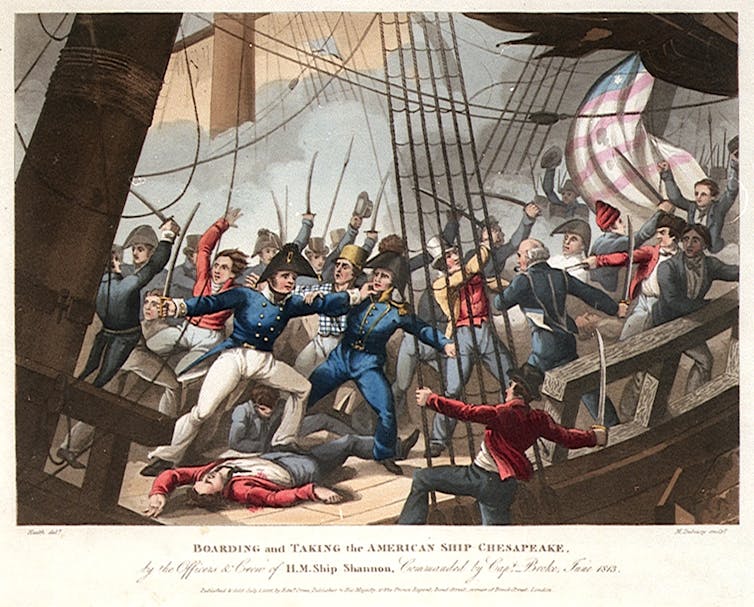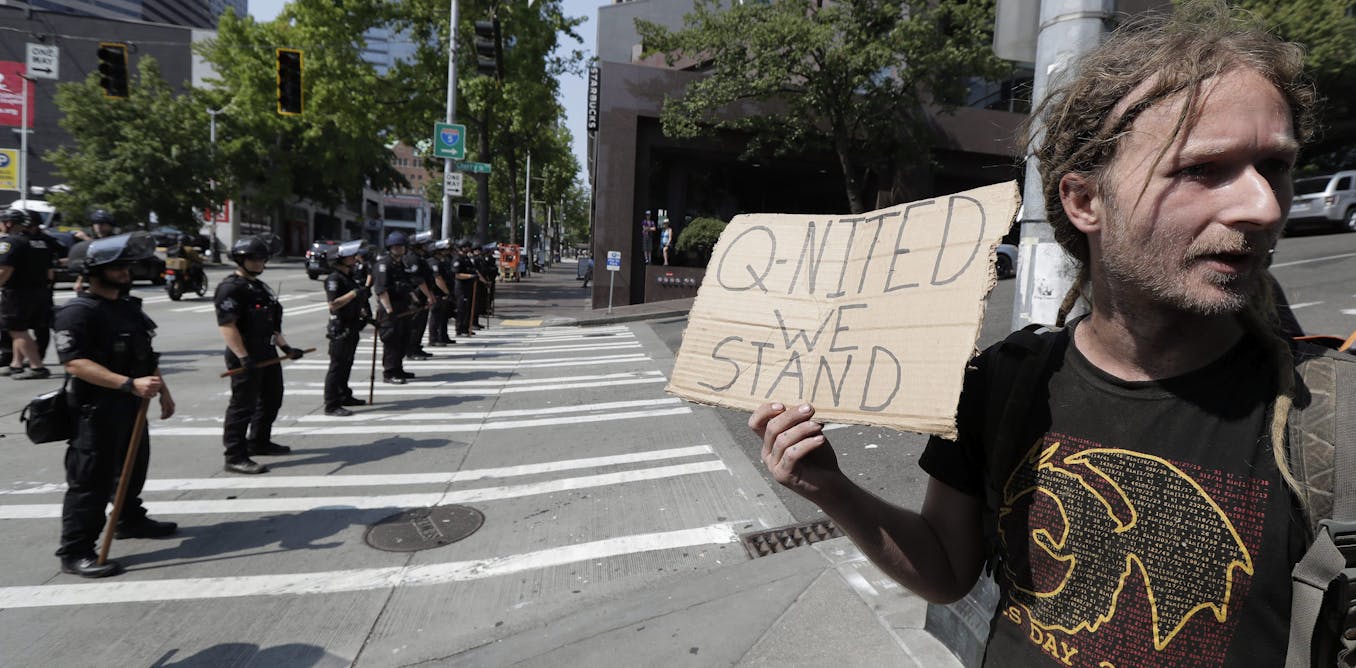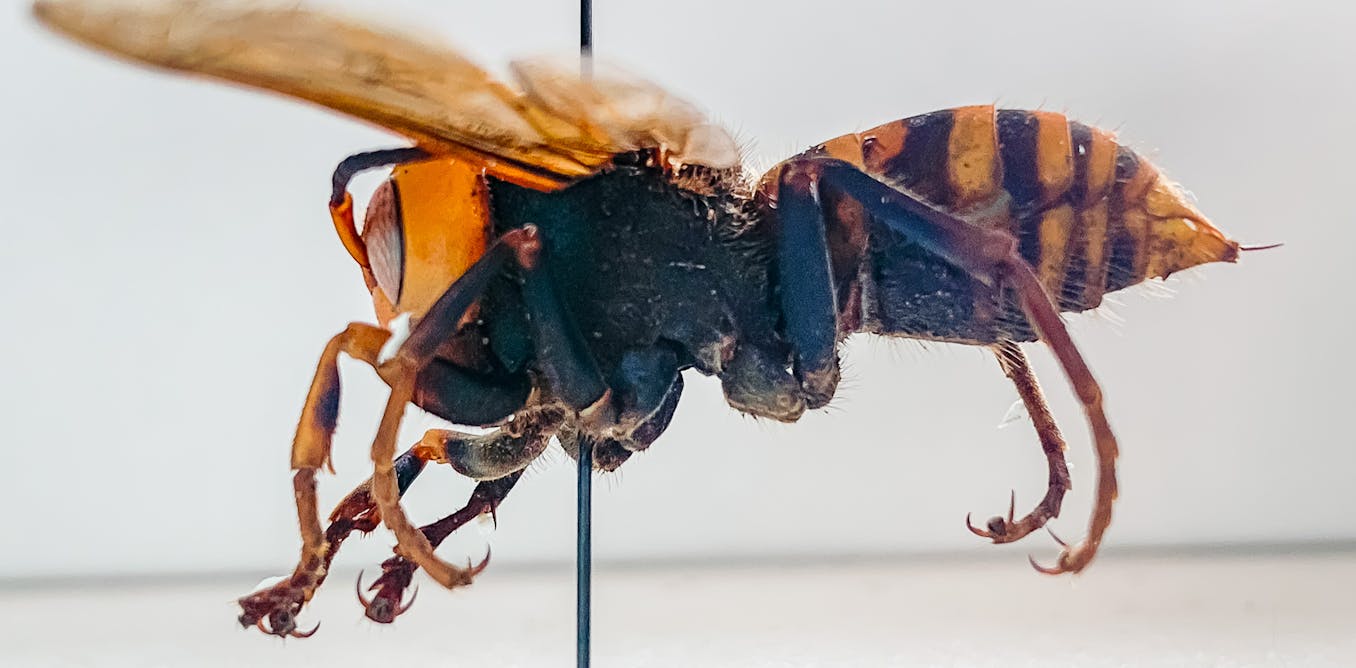Earlier this week, the clothing company apologized for selling Muslim prayer mats as decorative carpets.Ikran Dahir BuzzFeed News Reporter
Posted on July 9, 2020
THE SWASTIKA IS OLDER THEN THE NAZI'S, AND IS USED IN ALL CULTURES AS A SYMBOL OF THE SUN AND RENEWAL.
AS MY OLD PAL MANWOMAN CAMPAIGNED FOR

\


Shein / Screenshot / Via shein.co.uk
Online fashion retailer Shein has removed a necklace it described online as a "swastika pendant necklace" after a huge backlash.
The necklace was on sale for $2.50. The website doesn't appear to have any further products for sale with that description.
Stop Antisemitism, an advocacy organization, posted a screenshot of the necklace on its Instagram page and wrote, "we demand that #shein IMMEDIATELY remove this item from their website as it represents the mass murder of millions." Less than an hour after the post was uploaded to Instagram, the necklace was removed.
Instagram: @stop_antisemitism
In the comments for Shein's latest Instagram post, people are asking for an explanation.

Screenshot / SHEIN
A spokesperson for Shein told BuzzFeed News in a statement that the necklace did not feature a Nazi swastika pendant, but instead "a Buddhist swastika which has symbolized spirituality and good fortune for more than a thousand years."
People said they are disgusted, especially as it surfaced after the brand gave an apology earlier this week for selling Muslim prayer rugs as decorative mats.
In its apology, Shein said it had formed a product review committee consisting of staffers from different cultures and religions to prevent future incidents.

Amyleigh ☕️ Black Lives Matter@AmyleighCraigg
People correcting people on the origin on the swastika and yo, that’s not the point. The point is that @SHEIN_official is ONCE AGAIN NOT EVEN A WEEK AFTER THEIR LAST NONSENSE profiting off religious symbols. https://t.co/YKNNlJTVeA06:04 PM - 09 Jul 2020
Reply Retweet Favorite

ghostwavesco.com is open@killerkingggg
So what was said about SHEIN again????? This is fucking disgusting04:14 PM - 09 Jul 2020
Reply Retweet Favorite
Some Twitter users wondered why a retailer would sell a swastika.

Zoey@zoeyy227
.......who in their right mind would sell a damn swastika?! 😐 https://t.co/vgPEjYtGdQ04:33 PM - 09 Jul 2020
Reply Retweet Favorite
Others pointed out that before the swastika was used by Nazis, it had been used as a symbol of good fortune for thousands of years by Hindus, Buddhists, and Jains.

lau 🕊@lauren_eileen99
Y’all need to educate yourselves instead of jumping on the drama bandwagon after 0.23592 seconds. This isn’t the nazi symbol this is a religious symbol of spirituality for south asian religions like Hinduism and Buddhism. The nazis stole it and flipped it anti-clockwise. https://t.co/XpNhDm0orB05:29 PM - 09 Jul 2020
Reply Retweet Favorite
However, many people pointed out the symbol is primarily associated with Nazism and anti-Semitism in the Western world.

goblin girl@sarahmhawkinson
to y’all defending @SHEIN_official yes the symbol has many meanings, but what’s the FIRST thing that comes to mind... https://t.co/kO8d3jiI3D05:20 PM - 09 Jul 2020
Reply Retweet Favorite
In the statement to BuzzFeed News, the spokesperson said that the Nazi swastika has a different design, that it's pointed clockwise, and titled at an angle.
"However, because we understand the two symbols can be confused, and one is highly offensive, we have removed the product from our site," the spokesperson said.
They added: "As a multicultural and global brand, we want to apologize profusely to those who are offended, we are sensitive to these issues and want to be very clear that we in no way support or condone racial, cultural and religious prejudice or hostility.
"We are actively working through our internal structure and processes to resolve these issues, including a product review committee to ensure that we respect our diverse community.
"We are a global and all-inclusive brand and we are taking extreme measures to ensure that all items are cleared through a rigorous vetting process before we retail them."



















